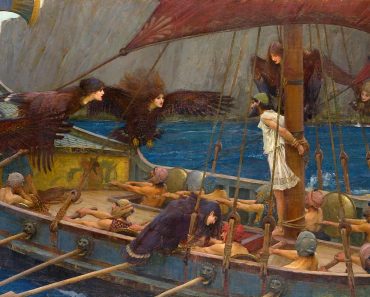A remarkable 2,000-year-old Roman military hat, one of only three known examples worldwide, has finally gone on public display at Bolton Museum after more than a century in storage. This exceptionally preserved woolen head covering, believed to have been made for a Roman soldier following the conquest of Egypt after Queen Cleopatra’s death in 30 BC, represents a unique glimpse into military life in Roman-occupied Egypt.
The hat, now considered the best-preserved example in the world, was donated to Bolton’s first museum in 1911 by Sir William Matthew Flinders Petrie, the pioneering archaeologist who revolutionized Egyptian excavation methods. The other two known examples are housed at the Whitworth Art Gallery in Manchester and a museum in Florence, Italy, making this public debut particularly significant for understanding Roman military adaptation to harsh Egyptian conditions.

The hat before conservation and restoration. (Bolton Museum)
Expert Conservation Reveals Ancient Craftsmanship
According to the Bolton News, the conservation work was undertaken by textile expert Jacqui Hyman, who has nearly five decades of experience working on projects from museums to royalty worldwide. The delicate process involved stabilizing areas where moth damage had created holes, using hand-dyed fabric to recreate the original shape of the hat.
The hat dates to approximately 200 AD and appears to have been specifically adapted for Egyptian environmental conditions, including protection from intense desert sun and sandstorms. This practical adaptation demonstrates how Roman military equipment evolved to meet the demands of different climates across their vast empire, particularly in the challenging environment of Egypt.
Egyptian themed Wood/Resin Handmade Chess Set with Lights From Ancient Origins Store.
Community Partnership Brings History to Life
The conservation project was funded through the generosity of Ritherdon & Co. Ltd., a Darwen-based electrical enclosure manufacturer with over a century of local presence. The company’s support demonstrates how regional businesses can play crucial roles in preserving cultural heritage and making historical treasures accessible to the public.
In recognition of their contribution, the Bolton Archaeology and Egyptology Society presented Ritherdon & Co. Ltd. with the prestigious Lotus Chalice Award, created in 2024 to honor outstanding contributions to Bolton’s Egyptology collections. The award was presented by internationally renowned Egyptologist Professor Joann Fletcher, highlighting the significance of community support for archaeological preservation.
The hat’s fragile organic material had deteriorated significantly over its 2,000-year lifespan, suffering damage from pests and environmental factors. The extreme rarity of such Roman military textiles makes further research essential to unlock its complete historical context and manufacturing techniques.
Historical Significance and Future Research
This exhibit offers tangible evidence of how Roman military forces adapted their equipment for service in Egypt’s demanding environment. The hat’s design suggests practical modifications specifically for desert warfare and prolonged exposure to extreme weather conditions that Roman soldiers would have encountered during their occupation of Egypt.
As textile conservator Jacqui Hyman noted, the transformation from “a flat, fragile, boxed item” to a three-dimensional object that “had come to life” illustrates the power of expert conservation to reconnect modern audiences with ancient craftsmanship.
The Roman hat will remain on display in the entrance to Bolton’s Egypt galleries until September 2025, when it will move to a permanent exhibition space elsewhere in the museum, ensuring this rare glimpse into Roman military life continues inspiring visitors for years to come.
Top image: The 2,000-year-old Roman military hat from Egypt, newly conserved and on display at Bolton Museum. Source: Ligia Salazar/ BBC
By Gary Manners








